Sex, ‘80s, and Robby Müller: How Two Brits Recreated the American Crime Film in ‘Love Lies Bleeding’
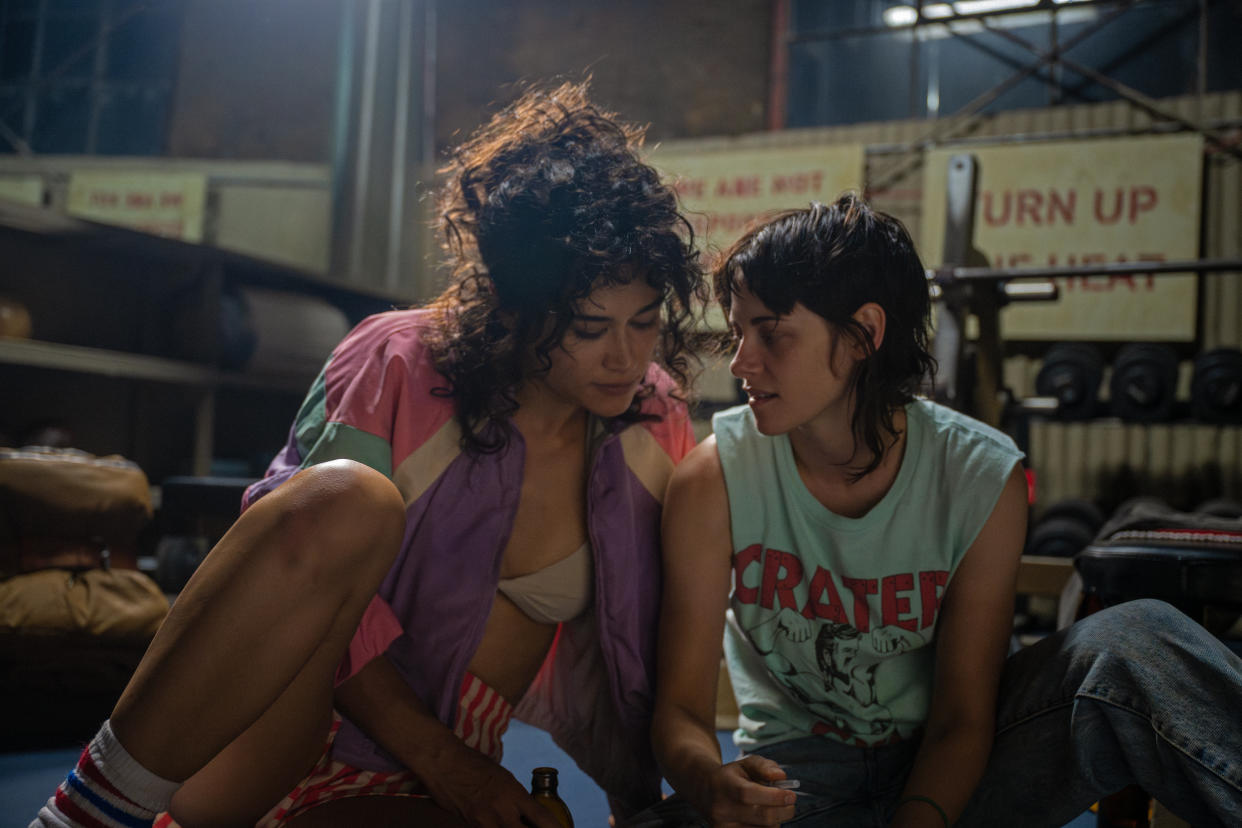
- Oops!Something went wrong.Please try again later.
- Oops!Something went wrong.Please try again later.
- Oops!Something went wrong.Please try again later.
- Oops!Something went wrong.Please try again later.
Unlike most of the next generation of great director-cinematographer pairings (Barry Jenkins & James Laxton, Ari Aster & Pawel Pogorzelski, Chloe Zhao & Joshua James Richards, or Robert Eggers & Jarin Blaschke), Ben Fordesman and Rose Glass didn’t have a collaborative history prior to their first feature “Saint Maud.” They didn’t go to school together or make short films — it was Fordesman’s agent who made the connection for “Saint Maud.”
And in interviewing both Glass and Fordesman for this story, it’s clear on the first project they were feeling each other out, figuring out how the other worked, and then at some point it just clicked.
More from IndieWire
Carla Gugino Worried 'Gerald's Game' Would Be 'the End of My Career'
20 New and Undistributed Festival Films That Deserve a Home, According to Programmers
Glass described the development of a visual style on “Saint Maud” that became the basis of their work on their second feature, “Love Lies Bleeding.” “I think that naturally we had a bit of a shorthand, I guess trying to constantly balance this being of [and] in the real world, but also kind of not,” said Glass, while she was a guest on IndieWire’s Filmmaker Toolkit podcast.
Both emphasize the importance of a gritty realism (texture is vital), that is also heightened, electric.
“It’s very important for Rose that there is space for the actors on set, there’s an intimacy to characters, particularly with a lot of interior sequences. Two people talking in a room in a very sort of intense and intimate way,” said Fordesman, in discussing what carried over from “Saint Maud” to “Love Lies Bleeding.” “But also we want to create a vivid, atmospheric, arresting images. It’s grounded, but there’s a sort of gothic realism to it, and that’s how I approach the lighting.”
Fordesman said that gothic realism was a key jumping off point for his second film with Glass. What follows is a lightly edited transcript of five key elements that defined the duo’s collaboration in finding the visual language of “Love Lies Bleeding.”
Movie Americana
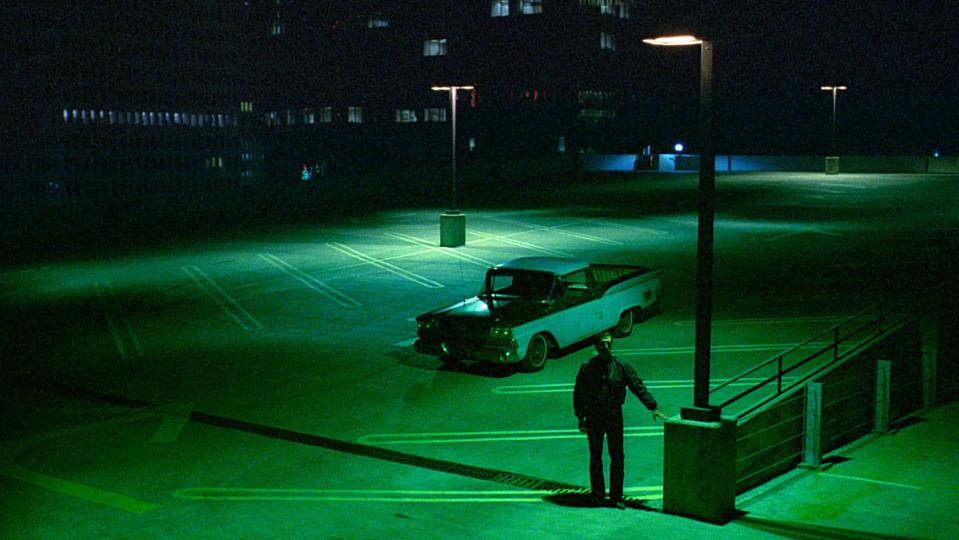
Glass: I’d barely been here [U.S.] before making the film. I’m English and [co-screenwriter] Weronika [Tofilska] is Polish, neither of us has spent much time here before. So it’s definitely a version of America kind of informed through a a lifetime of watching American films and TV. I was nervous setting it in America because I felt a bit unqualified, but once we’d sort of made that decision it just sort of opens you to leaning into the archetypes, I suppose.
Fordesman: I feel like if you’ve got a foot in this really recognizable, almost mythological symbolism of a lot of the kind of American Southwest, it kind of then lets you go off to further weirder extremities. I suppose the sense of Americana with “Mystery Train,” “Paris, Texas,” “To Live and Die in L.A.,” I think a personal reference of mine was Wim Wenders and Robby Müller’s work. How they handle and how they embrace the artificial lighting with the dying light of the day, the cold blue light and the green spike you’d get in the sodium vapor lights.
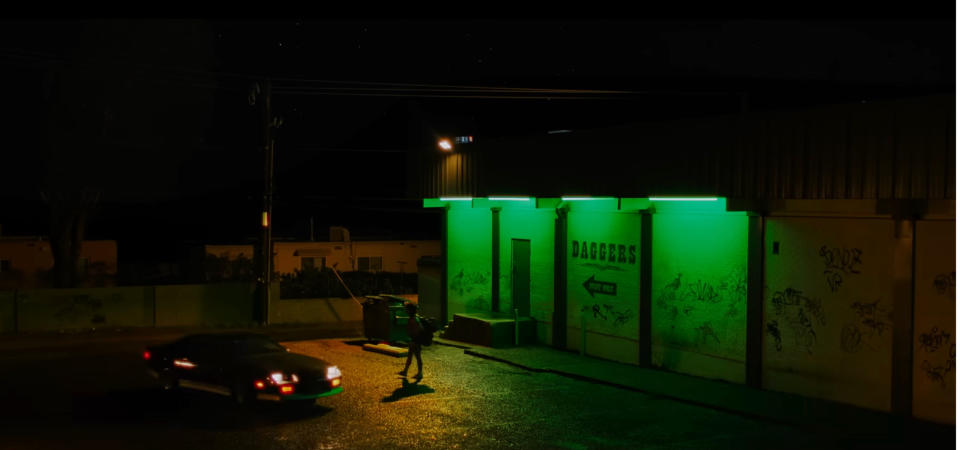
Fordesman: And that’s something that isn’t available. These days. So we would recreate that artificially ourselves. it’s just getting easier and easier really because, um, you know, we have LED equipment like the ARRI SkyPanel and you can access any color.
Fordesman: When I look at Robby Müller’s work I think more about the blue hour stuff and how they can complete whole scenes in such a critical amount of time. And now I am pushing for that, how hard it is to basically get a load of departments to agree that that’s how the time we’re going to do it. It feels like a selfish request, you know, but it’s like, ‘Well, it would look better at this time of day if all the windows were blue rather than pitch black.’
I think it’s really about finding the right locations. And the more time you have to base yourself where you’re shooting, and to drive around and find [the right location/light], because with Robbie’s work, I just feel it’s quite dogmatic, it’s really very grounded in reality. The light is coming from natural places, it just has shape. So it’s about finding the locations where this stuff is existing, and when you add, you enhance to that.
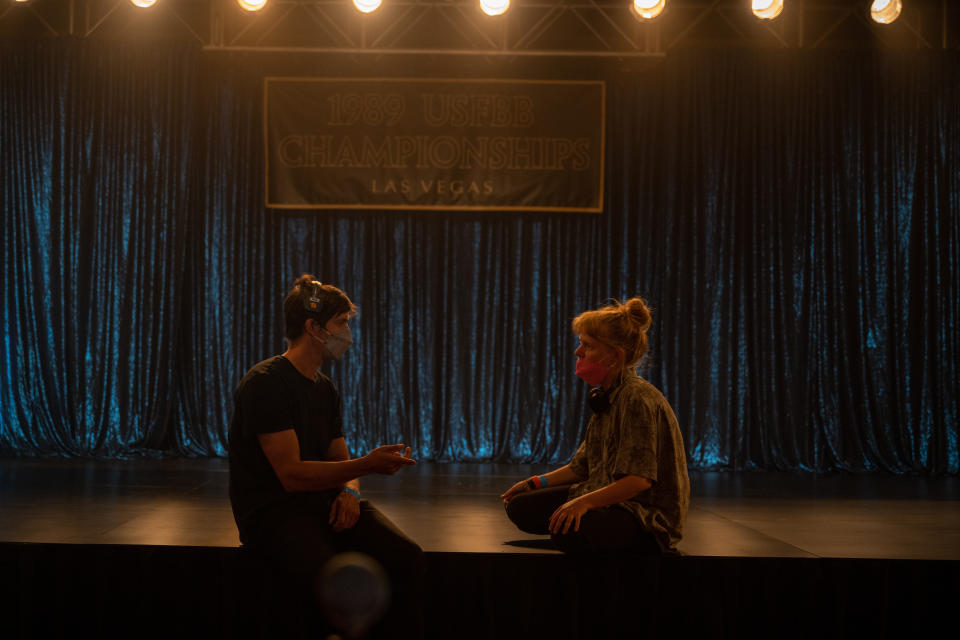
Summer Storms
Fordesman: One of the joys of shooting in New Mexico in summertime is that it’s also, it’s, it’s the storm season. It’s frustrating waiting [in New Mexico there’s rules about waiting 30 minutes after a storm clears to start shooting again], but often that makes really interesting skies, because I think clear blue skies are kind of unremarkable, but when you you’ve got this moody backdrop and dark looming skies, that’s really interesting. And that’s what you get in New Mexico at that time of year.
It is a frustrating and very interesting time of year to shoot. I think that’s possibly the same as what they had in “No Country for Old Men,” when you look at the opening sequence in that film, they’re really interesting, moody, stormy skies.
Grundgy Texture: No Celluloid, No Large Format Cameras
Glass: I kept saying texture, I think that was the quite big one. [We] had the same argument everyone does on every film with their producers, we want to shoot it on film.
Fordesman: We couldn’t [shoot on film] for budget reasons. It would’ve meant a lot of extra money ferrying the rushes back Albuquerque to LA. It was a bit of a blow for us, particularly because it’s shot in the ‘80s, we wanted a format which was timeless and shooting on film would have been perfect. It just increased the challenge for me to how do we make make it look like it was shot on film.
There’s a lot of stuff we were doing in camera with the lenses, shooting with higher ISO, there was a bit of a gritty feel that was [shooting] in low light conditions.
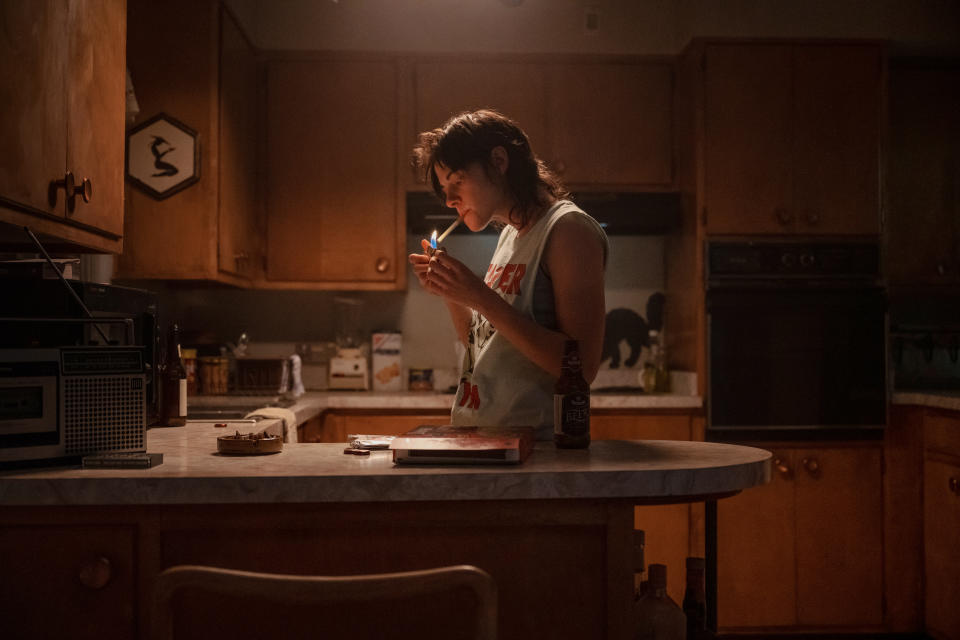
Fordesman:There’s a lot of new larger sensor cameras, which are out at the moment, like the [ARRI] Alexa LF, the Sony Venice, and for me these larger format sensors just enhance the digital look. [For example] “The Crown” is beautifully shot, but because of its shallower depth of field, it’s really a contemporary statement in my mind. So, if we couldn’t shoot on film, the very least we needed a digital format, which best represents super 35.
[We shot on the ARRI] Alexa Mini, which is small, light, and it’s sensitive to low light, but it’s not as sensitive as some cameras. What’s really good about it is that it if you’re shooting at 1280 ISO or 1600 ISO it enables you to see into the shadows, but then clips your shadows, so it removes information there, and it adds a bit digital noise, which is baked into the image.
Glass: Vanessa [Taylor], our colorist is brilliant, was in all aspects trying to add texture. We never wanted it to feel too clean or cartoony, and to always feel kind of grungy.
“Showgirls,” Sweat, and Saturation
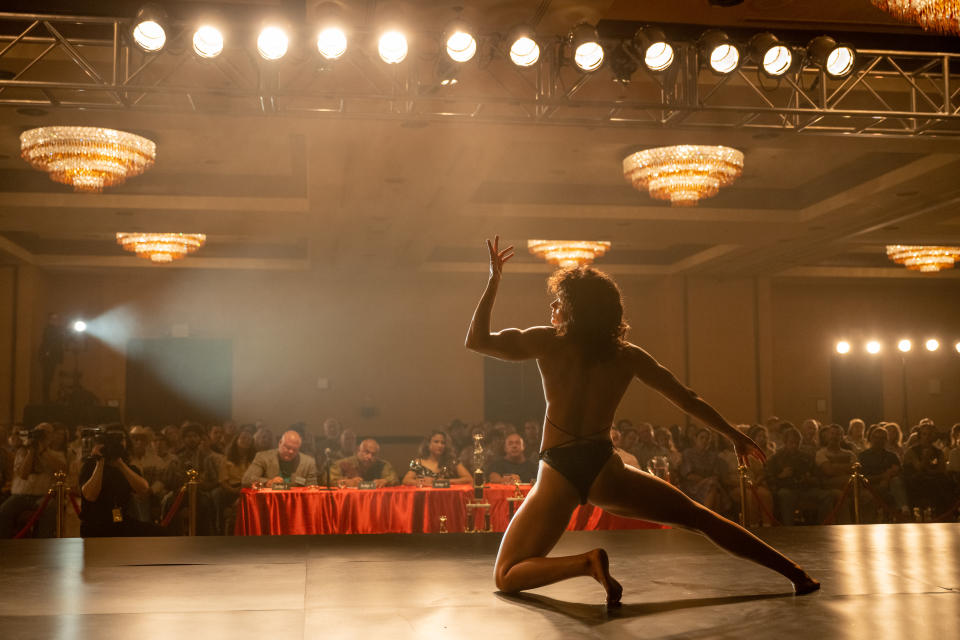
If you watch “Showgirls,” there’s a lot of skin, sweat, even when you’re off the stage it feels lit, it goes against my very instincts. I do like to try to have shape and mood in every shot. You know, it’s just my sort of gothic realism way of working.
I suppose you’re just trying to get a sense of how hot it is and you feeling that off screen. That was something that was something that was important to me —the warmth and the lighting and making sure there was enough of a sheen on the skin from from the makeup. It was really just pushing a bit of the saturation in colors, particularly red, and adding a bit of changing the color temperature to make it a little, a little warmer.
Shooting a Good Sex Scene
Glass: There is specificity, exactly, but … I think people’s imaginations fill stuff in [you don’t have to see everything]. I mean, that bathroom was tiny, so there wasn’t many ways of shooting it in anything other than big closeups. I mean, what they’re describing doing like with their hands, like we obviously couldn’t show anyway, nor would I want to. I think it’s sort of just a bit sexier leaving stuff to people’s imaginations, whilst also describing what they’re doing quite explicitly.
Best of IndieWire
The 12 Best Thrillers Streaming on Netflix in April, from 'Fair Play' to 'Emily the Criminal'
Quentin Tarantino's Favorite Movies: 61 Films the Director Wants You to See
Sign up for Indiewire's Newsletter. For the latest news, follow us on Facebook, Twitter, and Instagram.

